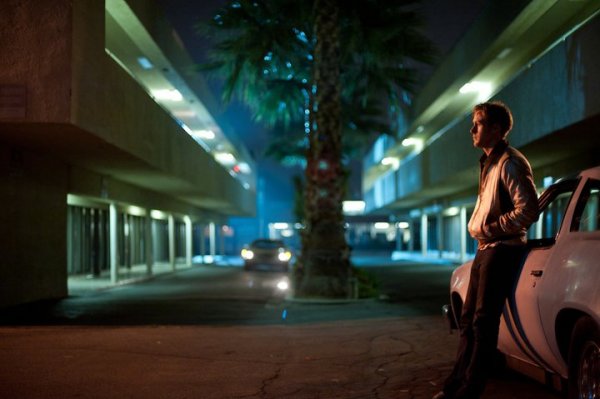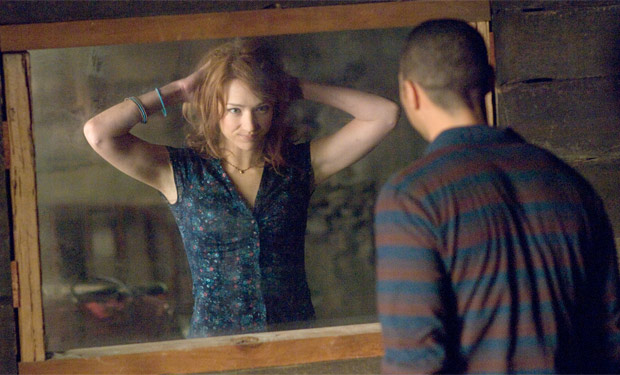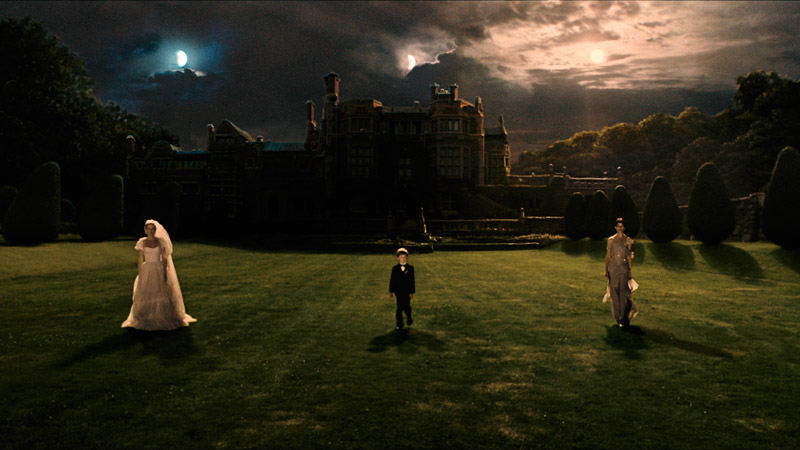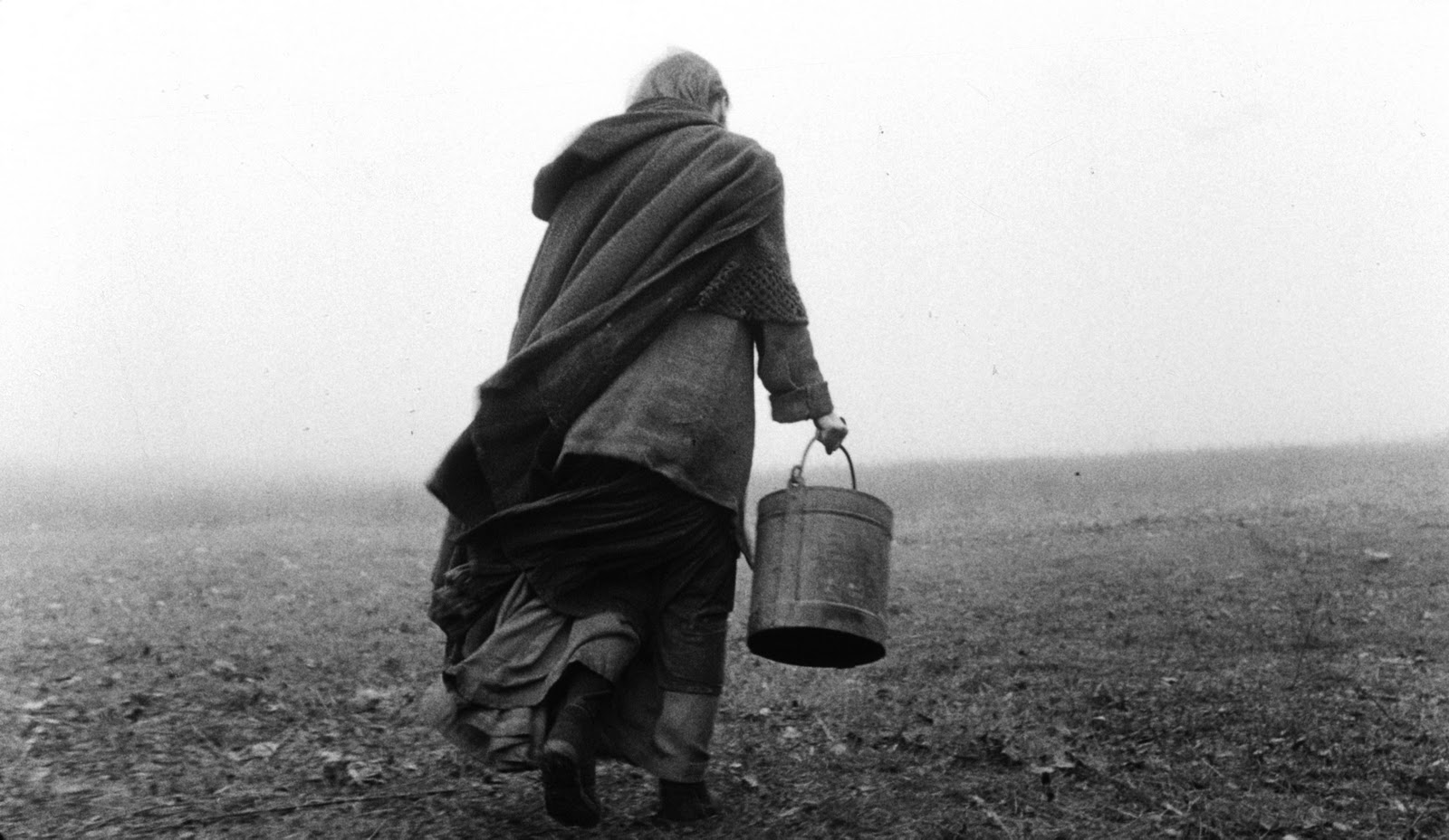6. Drive (2011, Nicholas Winding Refn)

Drive’s source material, James Sallis’ 2005 novel of the same name, has become increasingly important to the discipline of English literature in recent years, most notably for it’s unconventional plot structure and exploration of existential themes. It perhaps shouldn’t be a surprise then that Nicolas Winding Refn’s film is also considered important to the study of film.
Drive has been described as a neo-noir and retro-noir crime thriller and has been lauded by audiences for the film’s reworking of genres, its stylish visuals and supercool soundtrack. Refn’s film has also garnered acclaim by drawing comparisons to work from previous eras.
One of many reasons the film is likely to be studied at Universities is because of its melding of European and Hollywood style filmmaking which represents a wider embracing of the European film style by Hollywood productions and vice versa. You can also expect to analyse the film’s utilisation of European filmmaking devices such as surrealism and expressionism.
7. Cabin in the Woods (2012, Drew Goddard)

Written in three days with the help of Joss Whedon, Drew (No relation to Jean-Luc) Goddard’s horror-comedy film polarised audiences upon its release in 2012. However, the innovative way it commentates on the horror genre by way of meta-fiction delighted critics.
The film has subsequently become of interest to film scholars as a result of its ground-breaking approach to the horror genre and has been described by critics as a meta-fest due to the film being a-wash with self-reflexivity.
Expect one of the many scenes where the fourth wall is demolished with a metaphorical wrecking ball to be analysed in classes and seminar discussions. This will most likely be the scene where the senior technicians in the underground facility (where events in the film are controlled from) are taking bets on which horror film villain will be unleashed onto the unsuspecting group.
As they announce a winner the audience sees a white board with a list of possibilities, all of which represent a parody of some other film that could just as easily have been used.
8. Melancholia (2011, Lars Von Trier)

Lars Von Trier and Danish cinema’s Dogme 95 movement (although perhaps not quite as important as earlier avant-garde European film movements) is likely to be remembered as one of the most unique film movements of recent times.
The aim of the Dogme 95 movement was to create films based on the values of story, acting, and theme, and excluding the use of elaborate special effects or technology. A desire to analyse this movement will likely lead to Von Trier’s masterpiece Melancholia being shown at some point on your film studies course.
The film is similar to Nicholas Winding Refn’s Drive (coincidentally another Danish director) as it exemplifies the melding of European and Hollywood style filmmaking. It has the hallmarks of a Hollywood film (disaster movie concept etc.) whilst attempting to remain faithful to the Dogme 95 Manifesto, as well as incorporating classical European art and music at every opportunity.
9. The Turin Horse (2012, Bela Tarr and Agnes Hranitzky)

Acclaimed Hungarian film director, Bela Tarr’s final film, The Turin Horse, begins by recalling the whipping of a horse in the Italian city Turin which is rumoured to have caused the mental breakdown of German philosopher Friedrich Nietzsche. The film then goes on to depict the repetitive nature of the daily lives of the horse owner and his daughter.
The film is likely to feature on film studies courses because despite being a 146 minute film it is remarkably comprised of only 30 long takes and features one single piece of music which acts as the score and is repeated throughout.
Another reason it will likely be studied at universities is that the magnificent opening single shot, which follows a horse as it trudges its way through stormy weather up a hill, is one of contemporary cinema’s grandest achievements and is sure to be dissected by the class.
10. Her (2013, Spike Jonze)

The philosophy of Jean Baudrillard is central to learning about postmodernism. It is the theory that reality has all but disappeared due to technological advancement and that we now live in a postmodern age where all that is left is vestiges of reality, or what Baudrillard calls simulacra and simulation.
There is no shortage of films that have been influenced by this philosophy with Bladerunner and The Matrix being the go to films to show in relation to this. (In fact, The Matrix even shows a copy of Baudrillard’s publication, Simulacra and Simulation in the protagonist, Nero’s apartment.)
However, if a lecturer did want to show a more contemporary film that deals with this philosophy and features a character that is unable to tell the difference between the real and the artifice then Her is an ideal film to show the class.
Spike Jonze’s film is about a heartbroken man who forms a relationship with an intelligent computer operating system and is another film that has been hugely influenced by Baudrillard’s work.
Author Bio: Richard Gallagher is from Ireland. He is a graduate of Queen’s University Belfast where he studied English and Film Studies and is currently studying for an MA in Conflict Transformation and Social Justice. Political cinema, film history and following the boys in green (the Irish football team) are among his many interests.